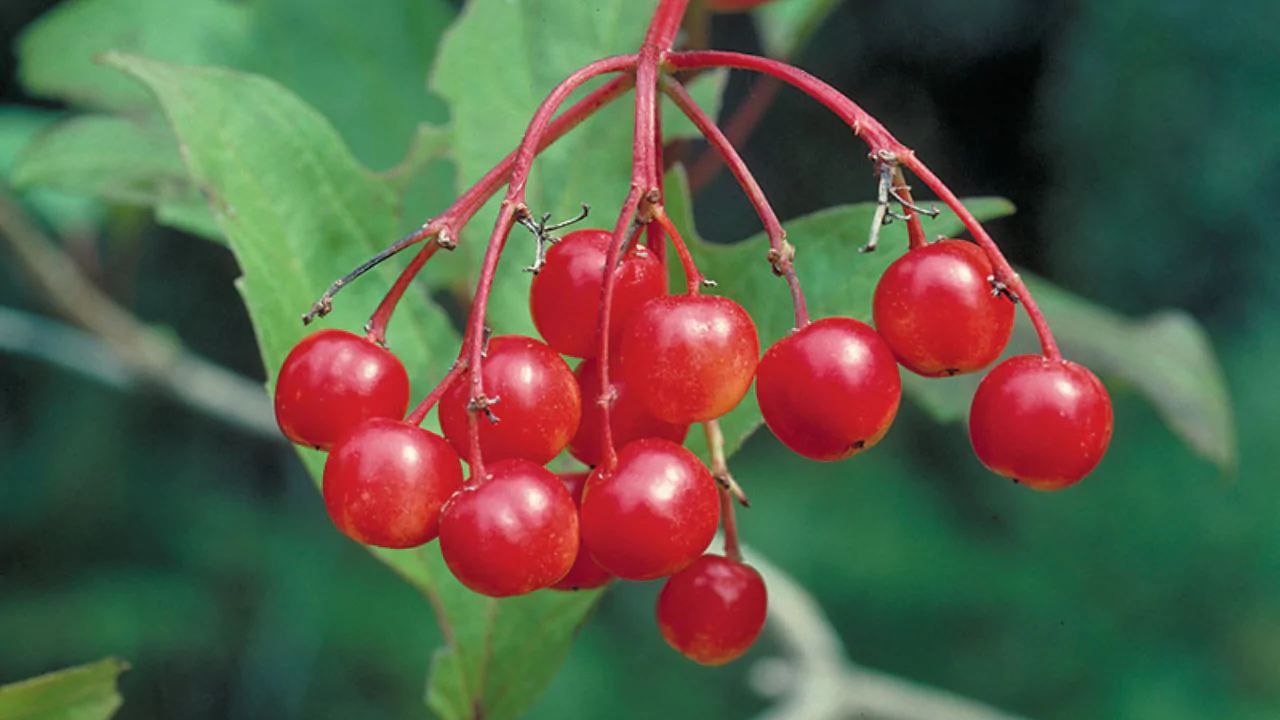
Red berries are some of the healthiest foods to eat on this planet. They are low in calories and fat, and tiny in size, yet incredibly nutritious due to their high dose of anthocyanins, a type of berry that fights inflammation and cell damage.
Taste should also be taken into account. In addition to their health benefits, berries are flavorful snacks that can be sweet or tart. As such, they make a great addition to salads, cereals, or even as a stand-alone dessert. For optimal health, berries should be consumed daily.
When we think of red berries, strawberries and raspberries – the most common in America – are usually top of mind. However, round berries such as currants and gooseberries also shouldn’t be ignored.
Throughout the country, many red berries grow wildly; however, proper research should be done to correctly identify them, as some red berries can be poisonous. Consider consulting a field guide or taking an expert if you plan on hunting for berries in the wild.
Exploring Red Berries
Below are some of the most common red berries growing in the United States.
Bittersweet [Solanum dulcamara].
Toxic. This vining plant is used decoratively and is invasive throughout much of the Northeast. It has bright purple flowers that yield small rounded fruit, which ripen from green to orange and eventually red.
Buffaloberry [Shepherdia argentea].
Westward and throughout the Rocky Mountains, this shrub’s leaves are sage green and look like those of a Russian Olive. Its red-orange fruits ripen in the fall. While they can be made into excellent jams, raw consumption can result in diarrhea.
Butcher’s Broom [Ruscus aculeatus].
Toxic. This compact shrub has small leaves that are rigid with sharp tips. It bears bright red berries that are round in shape.
Chokecherry [Prunus virginiana].
Though not a true berry, it is close relation to cherry. It serves as an ingredient for different sauces and jellies. Widespread throughout the US, chokecherries grow on shrubs or sometimes trees. Deep red to almost purple are the ideal colors for harvesting them. Quite bitter, but they are delicious when transformed into syrup. The leaves, seeds, and bark are toxic.
Currant [Ribes rubrum]
Cool climates with moist soil are ideal for currants. Their red and sometimes white or pink variants are juicy and tart. Currants are also good for winemaking and jelly production.
Elderberry [Sambucus nigra]
Elderberries grow easily and enhance landscaping. Depending on the species, the fruit may be red, purple, or black. While raw consumption may lead to indigestion, syrup and wine can be made. Some researchers have endorsed elderberry syrup for cold and flu symptom relief. It is important to note that not all species yield fruit that is safe to eat.
Gooseberry [Ribes grossularia]
Gooseberries are used for making pies and preserves. Their translucent green fruits are tart and can change color to red. Certain cultivars either remain green or turn pink when fully ripe.
Raspberries [Rubus].
Raspberries are notably costly at grocery stores, yet quite easy to grow in home gardens. For those living in regions with harsh winter and spring frost, fall-bearing varieties are ideal. They can be consumed fresh, frozen, or prepared into jam and syrup.
Rose hip [Rosa]
Many varieties of roses, including wild ones, produce hips after the flowers wither. The seedy portions have a taste which is both sweet and a bit bitter. In addition to providing a good amount of vitamin C, these ingredients can be used for jams, syrups, and even wine.
Spindle [Euonymus europaeus].
Highly toxic. This low shrub is spindle, which produces pinkish-red lobed fruit. It contains a bright orange seed from which the fruit appears in autumn.
Strawberry [Fragaria].
In addition to their delectable taste, both wild and cultivated strawberries provide a significant amount of vitamin C. While strawberries require more attention than other kinds of berries, the flavor of homegrown strawberries is far superior to the ones bought from the shops. A small container or plot can produce several pints of succulent strawberries.